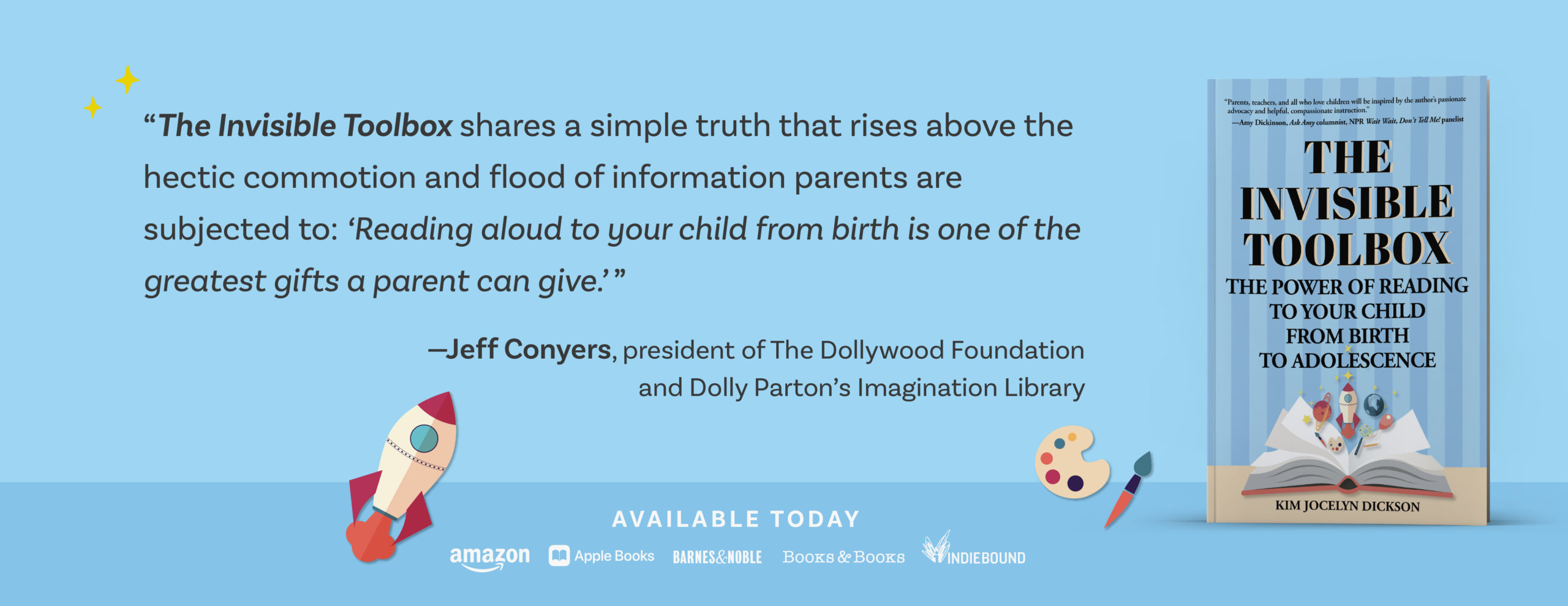The Battle Between Whole Language and Phonics in Reading Instruction Rages On
One of my most vivid memories–and there aren’t many—from long ago college education methods classes was my reading professor’s vehement proclamation:
“Phonics isn’t reading!”
She was allied with the whole language school of thought (currently known as balanced literacy) that emphasizes reading programs composed of rich literature experiences and critical thinking (think big picture) over and against the analysis and study of words and their component parts (small picture) that is the focus of phonics instruction.
I didn’t understand then why these two important elements were philosophically pitted against each other as it seemed to me that both were necessary aspects of good teaching.
I do understand why now. Like so much in this world that appears inexplicable, it all comes down to money and politics. And, perhaps, decisions that don’t necessarily have the best interests of children at heart.
I finally made time to listen to journalist Emily Hanford’s podcast, “Sold a Story.” It’s a fascinating investigative piece that aims to explain the pandemic of reading failure in this country.
According to Hanford, the culprit is an inadequate curriculum that, despite its ineffectiveness, has been widely adopted and taught for decades.
Lucy Calkins’ program, aka Columbia Teachers College Readers and Writers Project, is the villain. Hanford and those she interviewed for the podcast claim that it fails because it teaches children a superficial cueing system to sound out words, and neglects phonics instruction.*
Is there an answer to this dilemma? Another curriculum to take its place? Why, yes, there is.
The antidote is The Science of Reading, an updated moniker for a school of thought that is not really new at all. Proponents of this method point to years of data collection that indicate the systematic teaching of phonics is the key to reading success. If you currently follow the world of education and reading curriculum, the Science of Reading is everywhere.
“Sold a Story” has been getting widespread media coverage since it first aired in the fall of 2022. Google Lucy Calkins or the Science of Reading and articles will come up from multiple sources including a New Yorker piece entitled “The Rise and Fall of Vibes-Based Literacy.” As one might guess, it’s highly critical of Calkins.
“…we now know that the first five years are critical in preparing students for learning to read once they begin school.”
I found the podcast fascinating as it tells the history of the evolution of reading instruction and curriculum from the 1990s to the present. Because I taught during these years and had first hand experience with the programs Hanford covers, including Reading Recovery and Readers and Writers Workshop, it was satisfying to hear their shortcomings addressed.
However, while Hanford has an important story to tell, it doesn’t explain the entire truth about the reason for our literacy crisis.
My own experience teaching elementary school reading for 32 years confirmed to me that good instruction includes multiple elements, all of which are essential. Rich literature experiences, explicit phonics instruction, sight words, vocabulary, comprehension strategies, background experiences…all of these threads are necessary for an effective reading program.
Comprehensive reading instruction in elementary school that includes all of the components named above is important. Yet, we now know that the first five years of life are critical in preparing students for learning to read once they begin school. When parents read daily to their children they gain all the pre-literacy tools that they need to be successful. Children who do not have this experience enter school already behind.
Unfortunately, Hanford not only doesn’t mention this critical factor, she is dismissive of and seems to be unaware of its importance. But then, the focus of her podcast is on what happens once children enter school.
Hanford’s purpose is to expose the story behind why and how a particular reading curriculum in the United States gained the prominence and ubiquitousness that it did and made an awful lot of money along the way.
I look forward to learning more about the Science of Reading curriculum when I attend the World Literacy Summit in April. One can only hope that it includes all of the rich elements that good reading instruction requires and puts to rest the Reading Wars once and for all.
But I won’t be holding my breath.
You can listen to “Sold a Story” here.
* In response to recent controversy, Calkins has updated her curriculum to include a phonics component.














